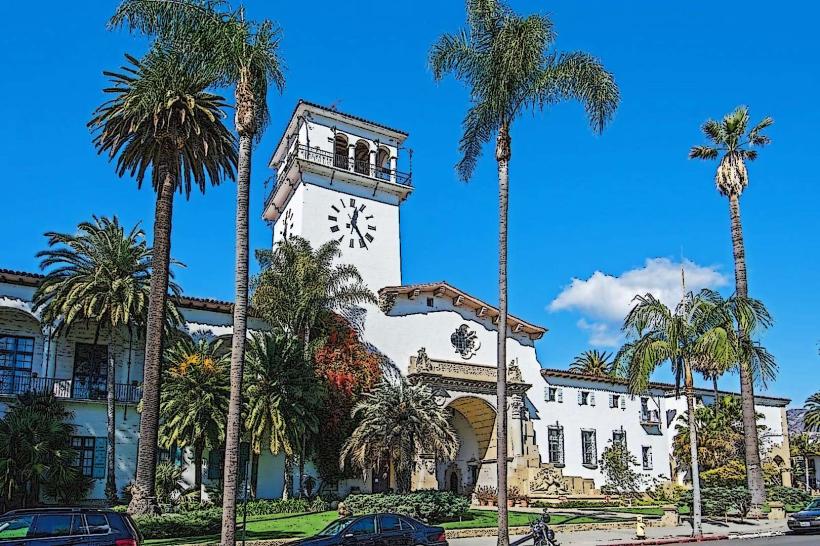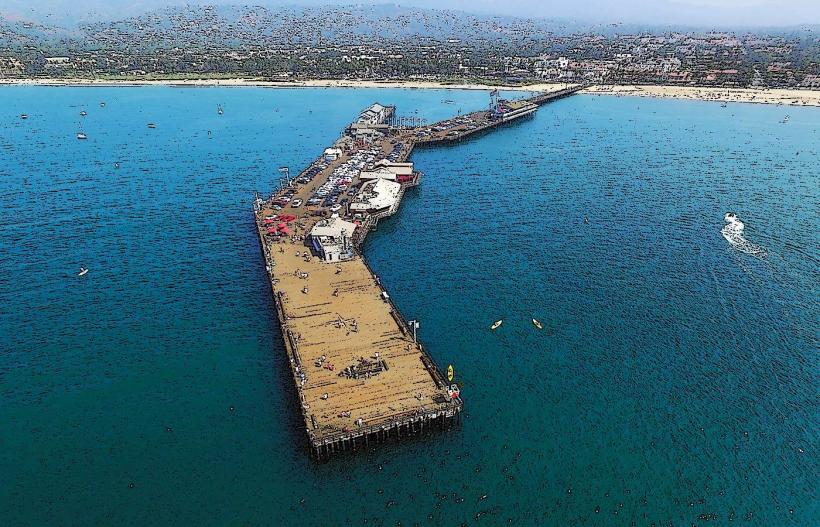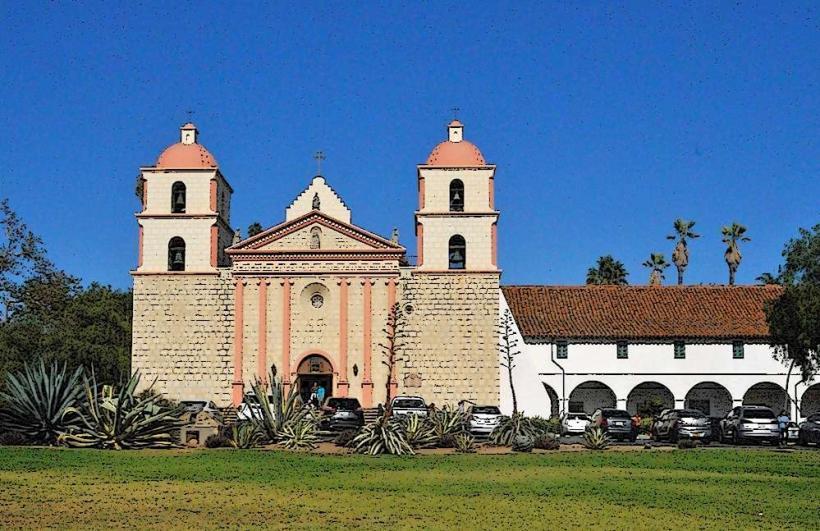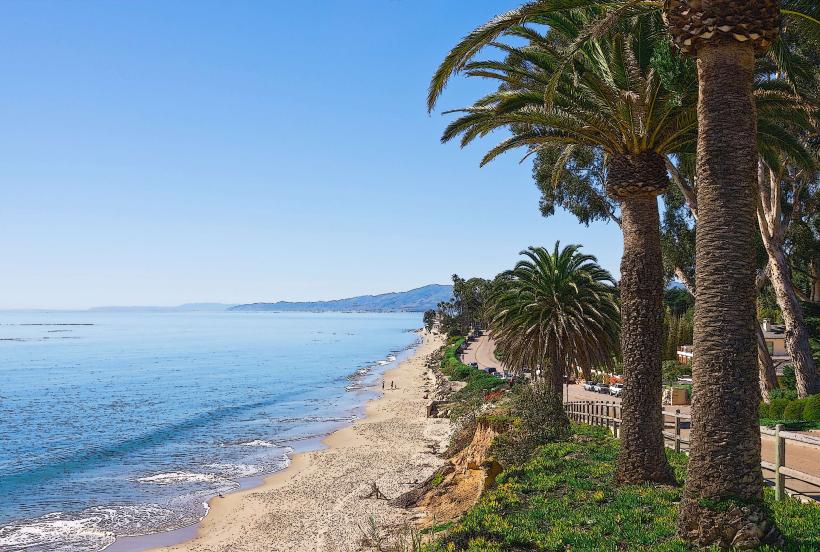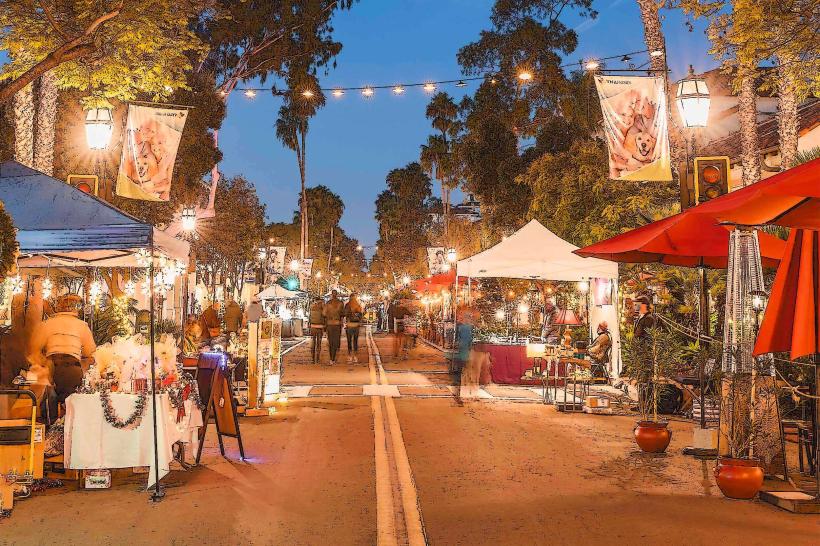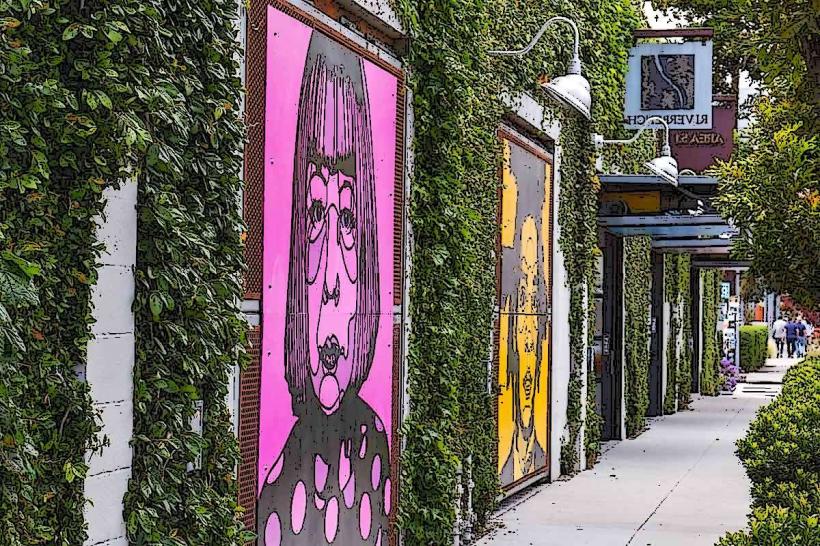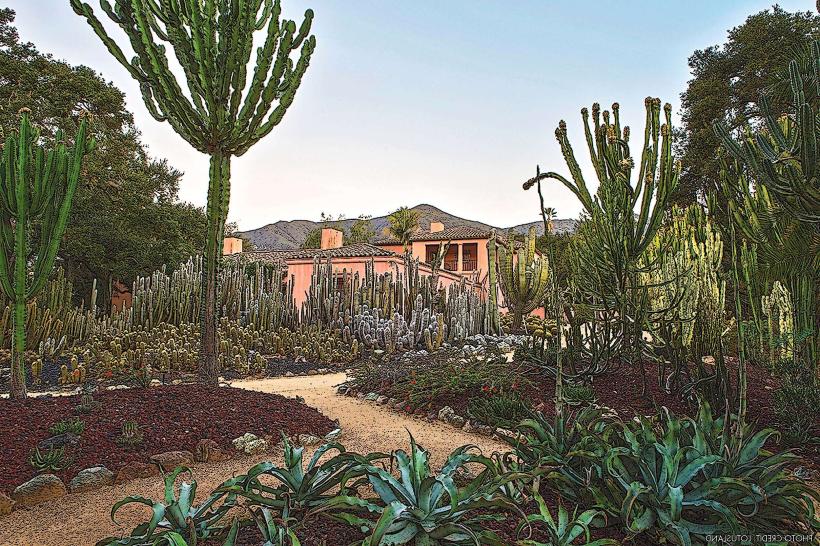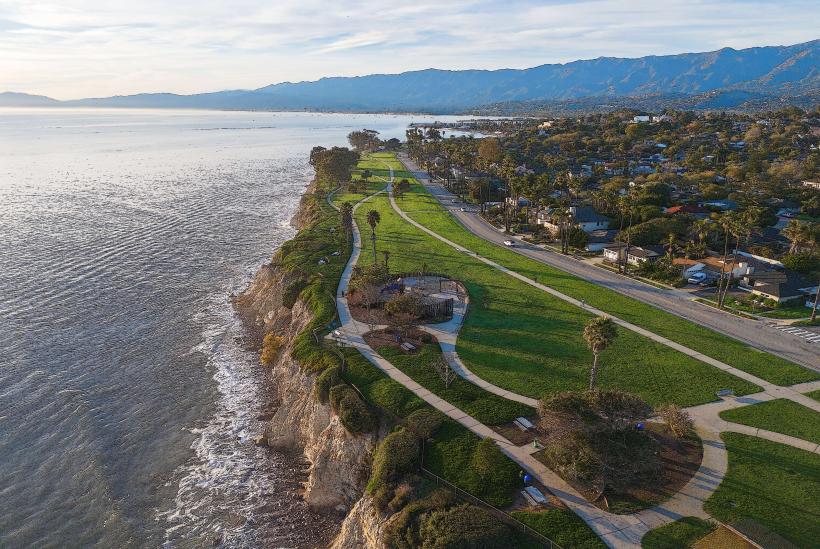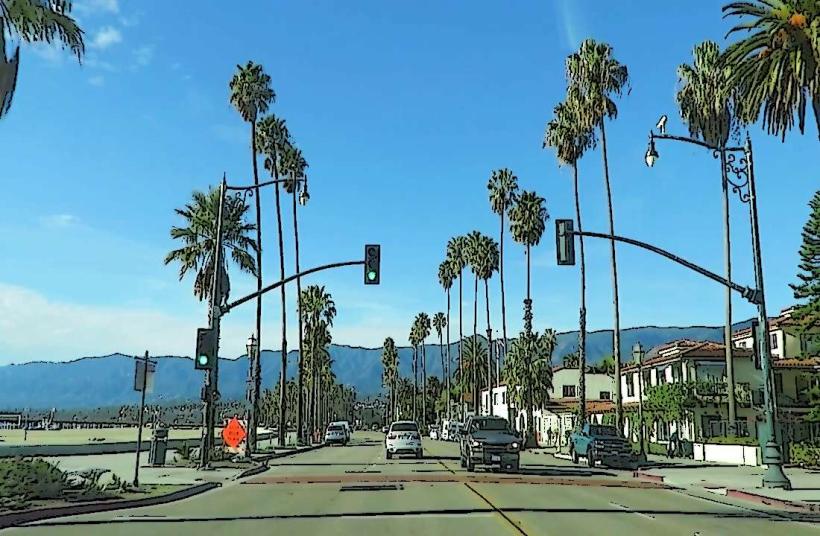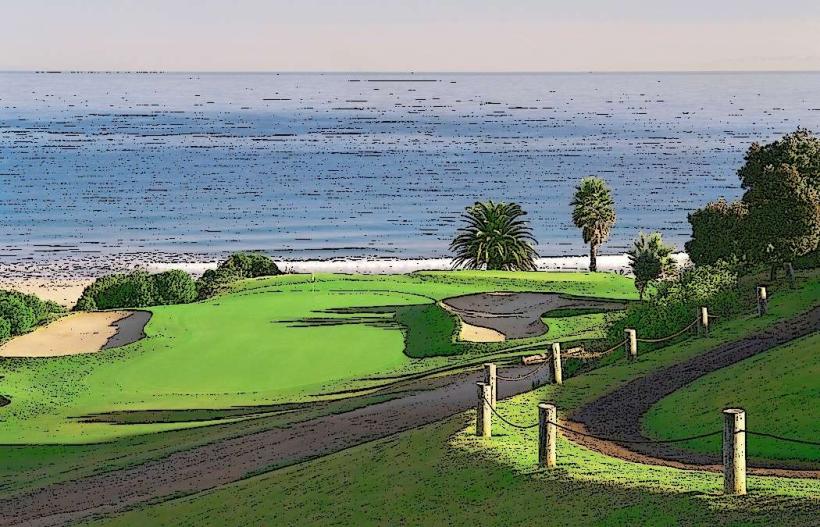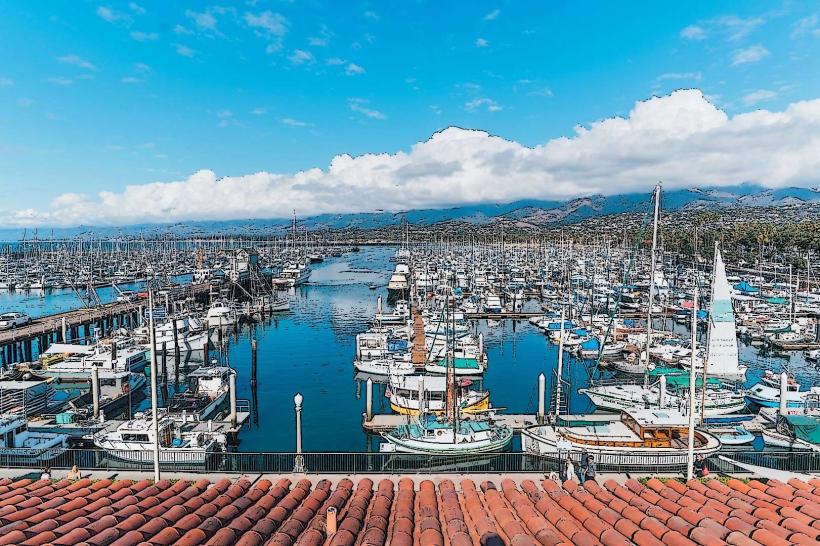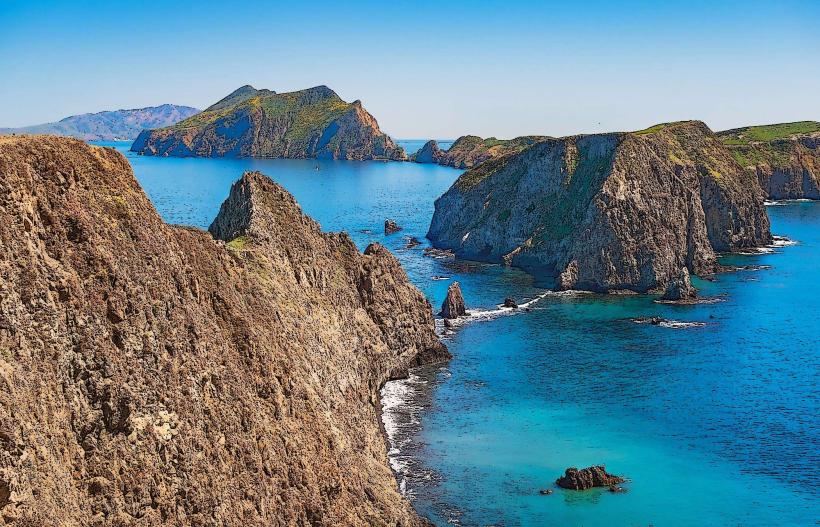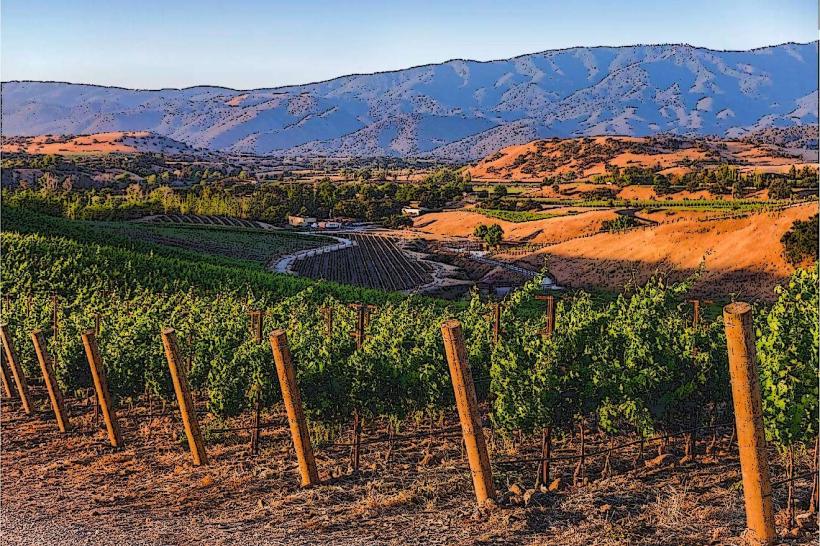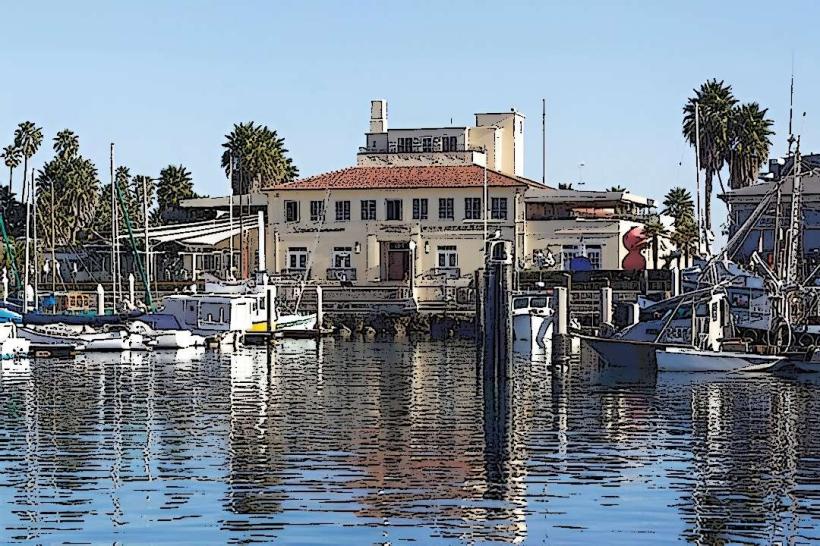Information
Landmark: El Presidio de Santa Barbara State Historic ParkCity: Santa Barbara
Country: USA California
Continent: North America
El Presidio de Santa Barbara State Historic Park, Santa Barbara, USA California, North America
El Presidio de Santa Barbara State Historic Park is a significant historical site located in downtown Santa Barbara, California. It offers a glimpse into the region's colonial past, specifically the period when Spain established military outposts to protect its interests in Alta California. This site preserves the last of the four Spanish military presidios built in California, and its structures are essential for understanding the cultural and military history of the region.
History and Establishment
The Presidio of Santa Barbara was founded on April 21, 1782, and was intended to protect the nearby Mission Santa Barbara from potential threats, particularly from pirates or other military forces. As part of Spain's efforts to solidify its presence in California, the presidio became the heart of military and civilian life in the region. The site was strategically chosen due to its proximity to the coast, allowing access to resources like water and timber, essential for the construction of the fort.
The presidio was composed of a rectangular fortification surrounded by high adobe walls. Inside, there was a central open courtyard (parade ground), and the complex included barracks for soldiers, officers' quarters, a chapel, and workshops. Over time, the presidio played an important role in protecting and supporting both the Mission Santa Barbara and the local Spanish settlements.
In 1822, after Mexico gained independence from Spain, the presidio's military role began to diminish. It was eventually abandoned as a military outpost, and some structures fell into disrepair. The site was later preserved and reconstructed in the 20th century to provide an educational experience about early California history.
Key Features of the Park
El Cuartel
The El Cuartel building is one of the oldest structures in California, dating back to the original presidio. It is the second-oldest surviving building in the state and houses the park's visitor center. The building is a classic example of Spanish colonial architecture, made of adobe, and its preservation helps to interpret the daily lives of the soldiers who lived there. The building also displays exhibits that highlight the history of the presidio, its military function, and the cultural changes in California during this time.
Cañedo Adobe
The Cañedo Adobe is another important building within the park. It was named after José María Cañedo, a soldier who was granted land in exchange for unpaid wages. The adobe serves as the entrance to the park and is where visitors can get information about the site's history, as well as view exhibits on the history of the presidio and the community that once lived here. One of the most interesting aspects of the Cañedo Adobe is that it also tells the story of the Japanese community that resided on the site in the early 20th century.
Presidio Chapel
The Presidio Chapel was a central religious structure in the presidio, and its original form was reconstructed as part of the park. It remains a symbol of the spiritual and cultural practices of the time. The chapel was originally used for the Catholic masses for both the soldiers and the local population, including the Native American Chumash people who had been missionized. Today, the chapel is still used for occasional Roman Catholic weddings and civic events, maintaining its role as a place of community gathering.
Reconstructed Quadrangle
The reconstructed quadrangle is a highlight of the park, where visitors can see how the presidio once functioned as a military outpost. This includes rooms where the lieutenant and soldiers lived, as well as a two-story observation tower that provided a vantage point for watching over the area. The quadrangle is surrounded by reconstructed adobe walls and features heritage gardens showcasing plants and trees typical of California’s colonial period.
Visitor Information
Location: 123 E Canon Perdido St, Santa Barbara, CA 93101
Hours of Operation: Daily, from 10:30 a.m. to 4:30 p.m.
Admission Fees:
Adults: $5
Seniors (62+): $4
Children (16 & under): Free
Free for SBTHP members and visitors with SNAP/EBT or CalFresh cards
Parking:
Hourly parking is available nearby at 115 E Canon Perdido Street, managed by Santa Barbara Valet, Inc. Visitors can use the PayByPhone app for payment.
Tours:
Self-Guided Tours: Visitors can explore the park on their own with a tour booklet available at the visitor center.
The park also provides educational exhibits that discuss the history of the presidio, Chumash Native Americans, and the Japanese community that once lived at the site.
Historical Insights
Throughout its history, El Presidio de Santa Barbara not only served as a military post but also as a center for social, cultural, and religious life. The presidio housed soldiers and their families, and over the years, it became an integral part of the Spanish colonial system in California. The presidio was involved in various functions, including defense, trade, and cultural exchange between Spanish settlers, Native American tribes, and other foreign powers, such as the Russians and British, in the 18th and 19th centuries.
Nearby Attractions
El Presidio is conveniently located near other historic sites in downtown Santa Barbara, including:
Santa Barbara Historical Museum: Offers an in-depth look at the city’s development and its role in California’s history.
Casa de la Guerra: The home of a prominent early Californian family, providing insights into life during the Spanish and Mexican periods.
Conclusion
El Presidio de Santa Barbara State Historic Park is a must-visit for anyone interested in California’s colonial history. The park offers a fascinating window into life at the end of the 18th century, providing educational opportunities to learn about military, religious, and cultural practices during the Spanish colonial era. With its beautifully preserved structures, informative exhibits, and serene setting, it is a place where history comes alive for all visitors.

